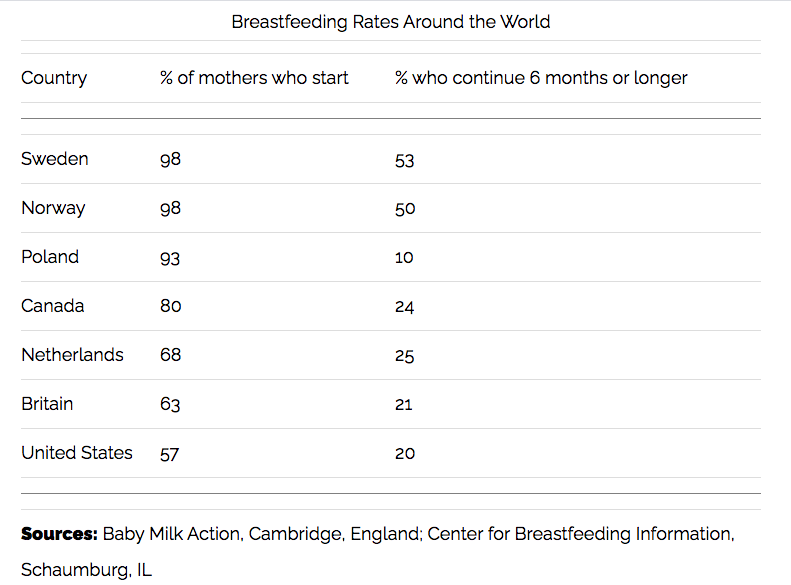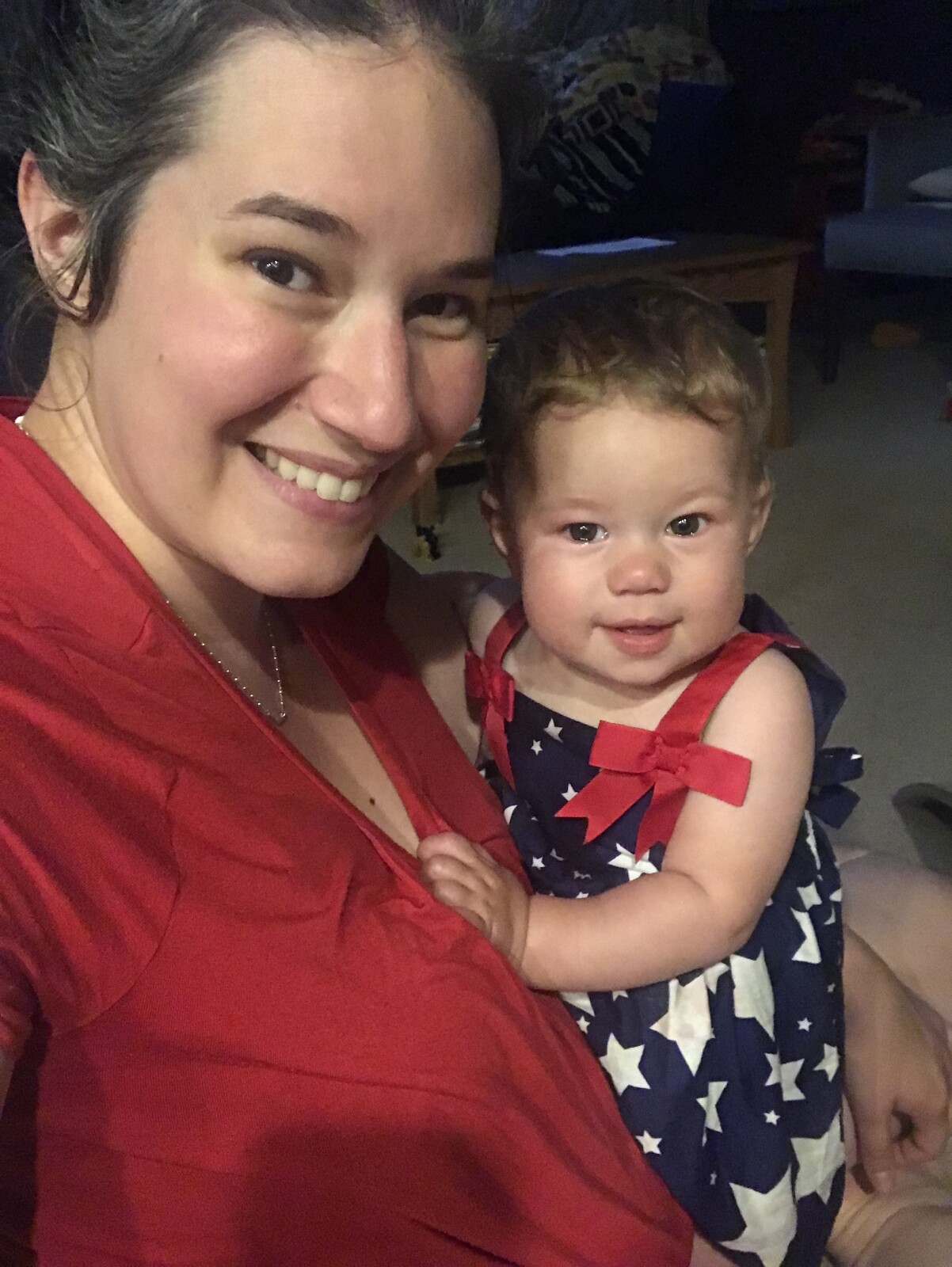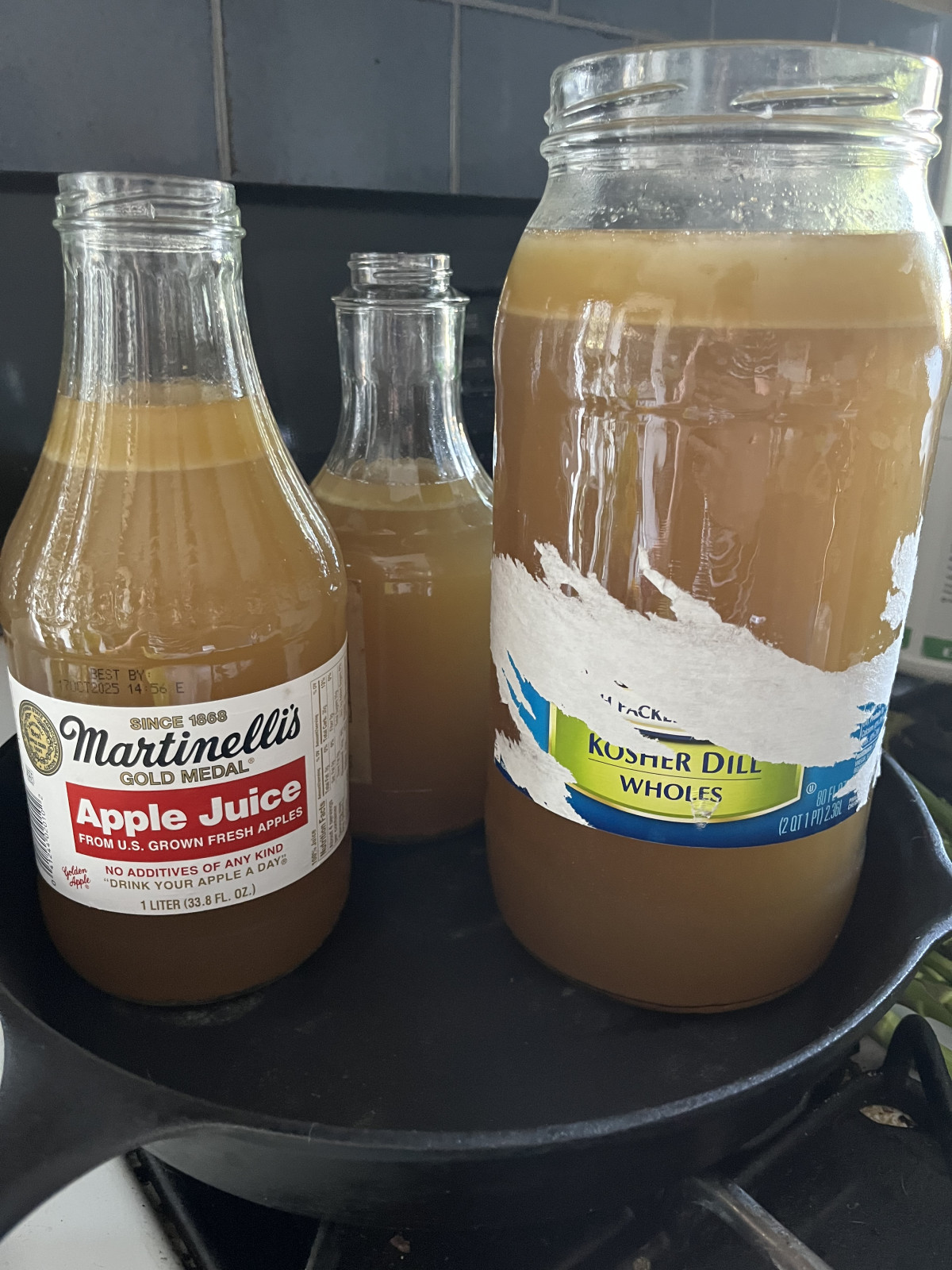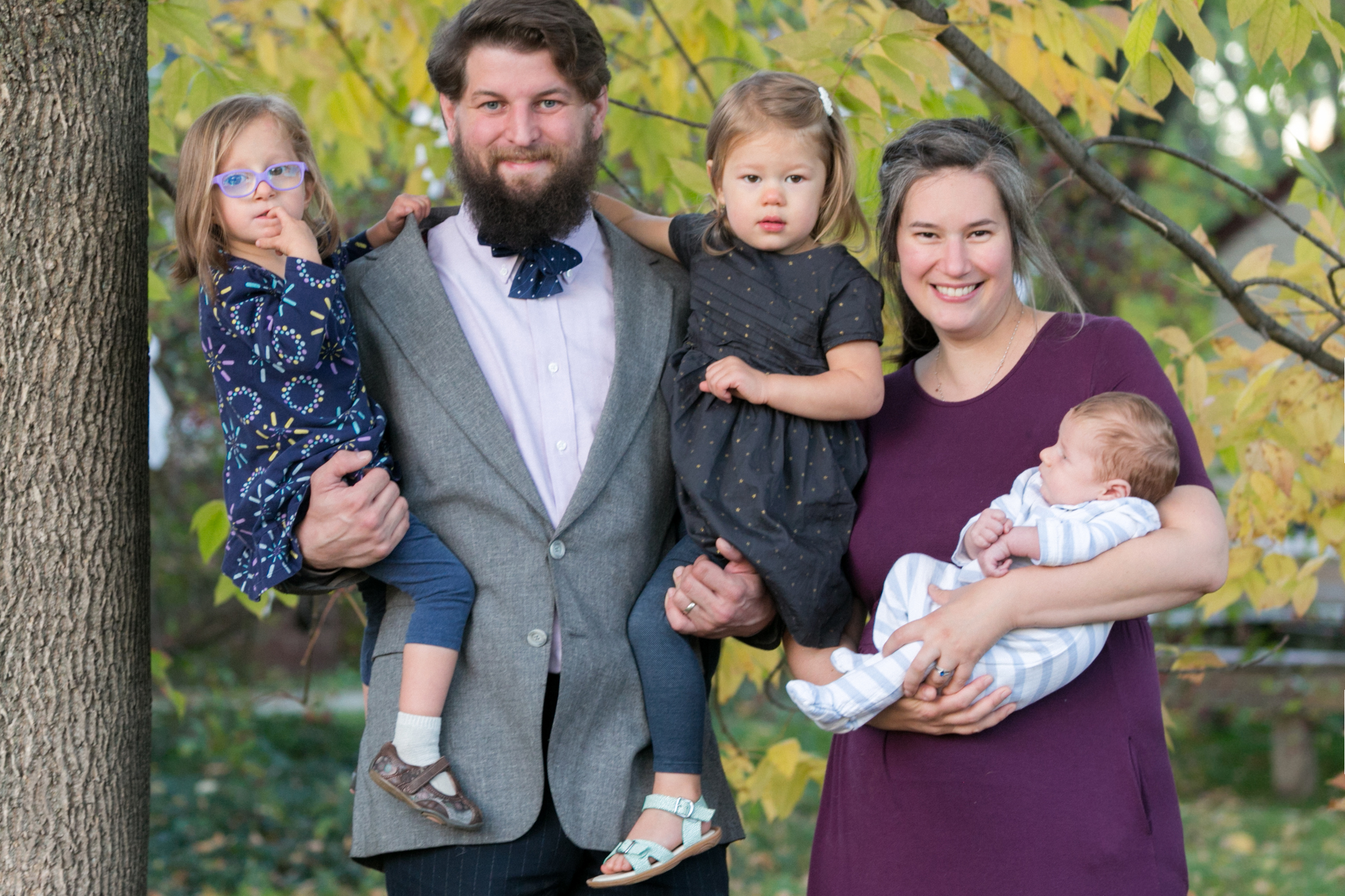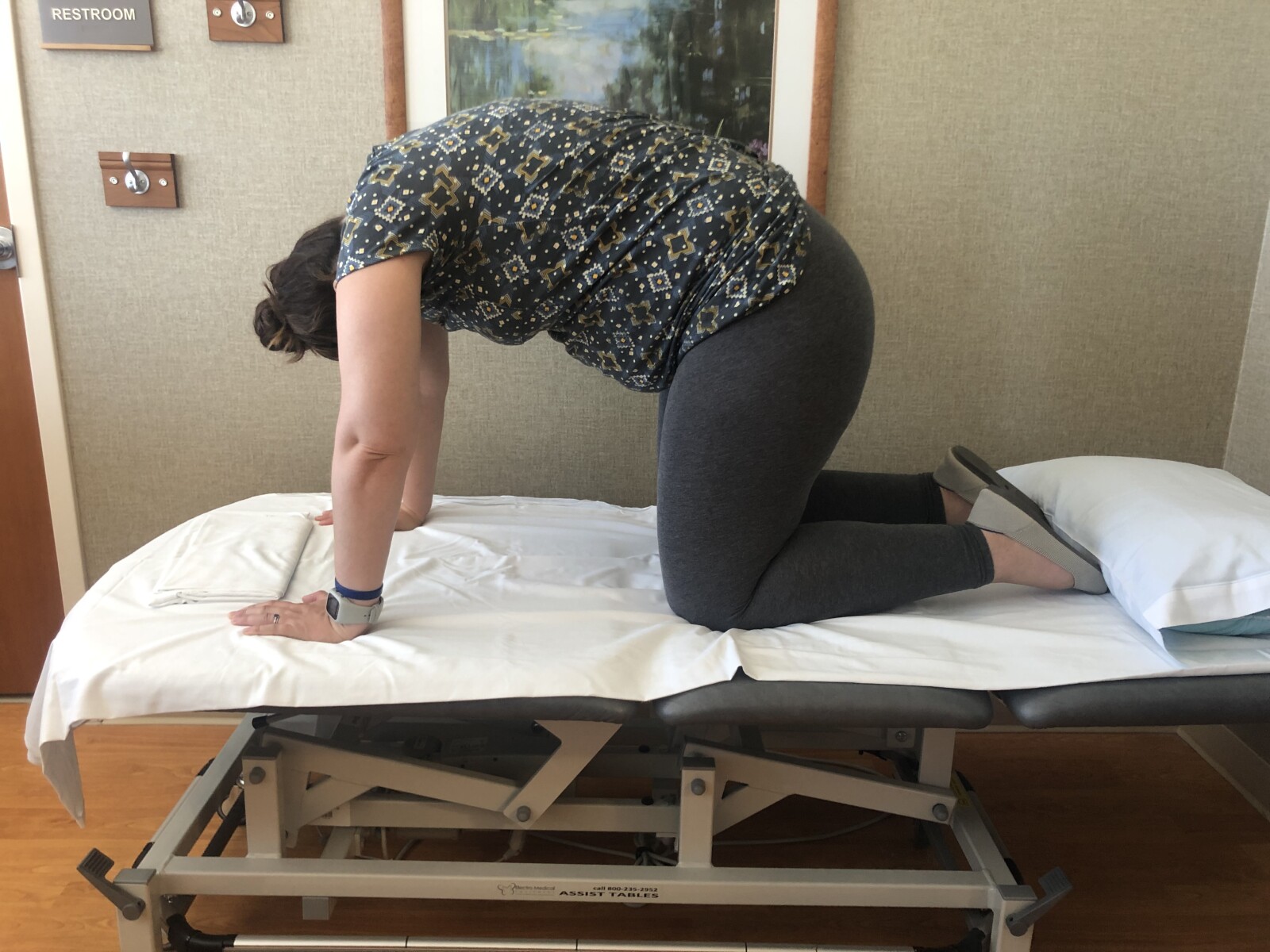
I think we focus a lot of attention on pregnancy and postpartum care in the pelvis and lower body. This makes sense, it's where the majority of change is happening. It's more common to have pain in the lower body, with walking or sleeping or movement in general.
The upper body is super important though. A lot of changes in posture, especially bad ones, start in the neck and shoulders. During pregnancy, your boobs are growing which places extra stress on the muscles to hold your chest up. Then you have the baby, and there's lots of holding, carrying, and lifting. Nursing too, even with a boppy pillow, has a tendency to cause us to lean forward for long periods of time.
My favorite upper body exercises to get my patients started with are bodyweight exercises or with resistance bands. This does not apply to those of you who are already in a weight lifting routine. You go ahead and crossfit and be awesome (as long as you also aren't peeing yourself doing deadlifts, because that ain't right!)
A favorite routine of mine is called Ts, Ys, Is, and/or sometimes Ws are thrown in there too, because these are the letters a person will make, somewhat, with her arms when performing the exercises. These can be modified to almost any position, which is why they are some of my favorites. Options are:
1. while sitting on an exercise ball, with light weights, or a resistance band
2. leaning over the ball while kneeling (during pregnancy with a belly). This second position is slightly more challenging because of gravity on the weight of your arms
3. Standing with light weights or using a resistance band
Here is a video link from YouTube to give a demonstration over the ball. Again, this is easily modified with a pregnant belly
https://www.youtube.com/watch?v=sJaHG1N7YHw
An excellent resource for exercises that are core, pelvic floor, and prolapse safe is FemFusion Fitness on YouTube, run by Dr. Bri PT, DPT. I love her videos and her story about advocating for herself when her healthcare providers brushed off her prolapse symptoms. (We won't hold it against Bri that she uses doTerra oils, spread that EO love! )
Here's a great video from Dr. Bri about chest opening and stretching https://www.youtube.com/watch?v=WU_8F6FZ1Ag
You should be able to tell your birth story. And you should write it down. Maybe especially if it's traumatic? Maybe always, but I guess I won't know until I have another one to compare to. I don't actually feel that my birth story is traumatic, but it certainly wasn't an amazing, everything I wanted birth. Serena Williams withdrew from the French Open earlier this week. Probably nothing to do with her birth, but it was big news that this is her first major back after having her little one, and that she was devastated by having to have a C-Section. She had blood clots and a PE, which is a waaaayyyy better reason IMO to have a cesarean than mine. Anyways...
Estelle is 7 weeks as I start this.
We did a lot to prepare for birth in my opinion. Bradley classes (check) Birth plan (check) Review birth plan with birth helpers (check)
Estelle took this checklist and threw it out the window. Or maybe I did.
We prepared and planned for a natural, non-medicated birth. We had many discussions in our Bradley classes and with each other about whether this was possible in a hospital setting. We'll come back to that.
At my regularly scheduled 38 week appointment (Tuesday) I had a quick ultrasound to make sure she was head down and ready to come out. (This is my first point of contention with my decision making in my 20/20 hindsight) She was, but my OB was concerned about the amniotic fluid level. She sent me for an actual ultrasound, and the fluid level turned out fine, but then there were concerns about how small she was. They told me she was measuring in the 5th percentile. So basically, I was diagnosed with Intrauterine growth restriction (IUGR). The medical advice was to induce at 39 weeks, which would have been the following Monday.
I wanted to give my presentation on Friday. So I was stubborn and put everything off until after. My doctor wanted me to have a non-stress test, and she gave me the option to go to the L&D floor on Saturday to have it done, instead of in the clinic during normal business hours.
Estelle had decelerations of her heart rate during the NST. More evidence to induce. Like now. Don't leave the hospital. (This is second decision making point) Let's start your IV.
I got into a room, about 2:30pm, they started my IV, pitocin and I kept the electronic fetal monitoring on from the NST. I could move around though and I did. I labored for a while, before any other interventions happened. The EFM was not doing a good job of recording my contractions, and the strength. Anselm was timing them on his phone, and they were getting stronger. Eventually, (maybe around 10pm?) they wanted to break my water and use the internal monitor. We had delayed this basically as long as possible, we kept refusing and wanted to keep trying different positions. Then at some point, they put water back in, and stopped the pitocin for a while to see if I would contract in my own. I was, and I was having strong contractions, but I eventually learned I had only gotten to 5 or so centimeters. I had been at 3 before starting the induction. I had requested the OB not tell me after the cervical exams, and only tell Anselm of my progress. We kept trying to change positions, and pitocin was eventually restarted, but by 2:30am I was ready meet her, and the OB team was really putting the pressure on for us to consider changing the method of delivery to a cesarean. Estelle's heart kept decelerating and not recovering well after contractions, so we decided it was time.
The OB team got everything ready, and surgery started. Dr. Powell asked if she was going to have hair, and I said "Definitely!" Then I heard them say something about how much meconium there was. They got her cleaned off, Anselm got to see her first and cut her cord, then they brought her over to me to take some quick pictures and they whisked her away to the NICU.
She had aspirated her meconium, pretty badly. She ended up spending 10 days in the NICU.
Estelle is almost 9 weeks now as I'm finishing writing this.
I'm going to write about my points of contention in my decision making in another post, long with my thoughts on recovering from a cesarean and our experience in the NICU.
Started 4/29/18
I don't know where the saying comes from, "if you want to make God laugh, tell Him your plans" but I think there's something to it. I'm not totally a type A personality, but the portion of me that is loves planning.
If you haven't already seen on my other social medias, we welcomed our baby girl, Estelle, 2 weeks ago. She spent 10 days in the NICU but we've had her home with us since this past Wednesday. She's so sweet.
I'll do a separate post on Estelle's birth story, but I was thinking about this sorta silly saying recently, and it's just helped me process everything that's happened in the whirlwind of the last two weeks.
God certainly foiled my plans for Estelle's birth. I did however successfully finish my first clinical instructor experience, and my first major presentation at a professional conference. Estelle was born 2 days later :)
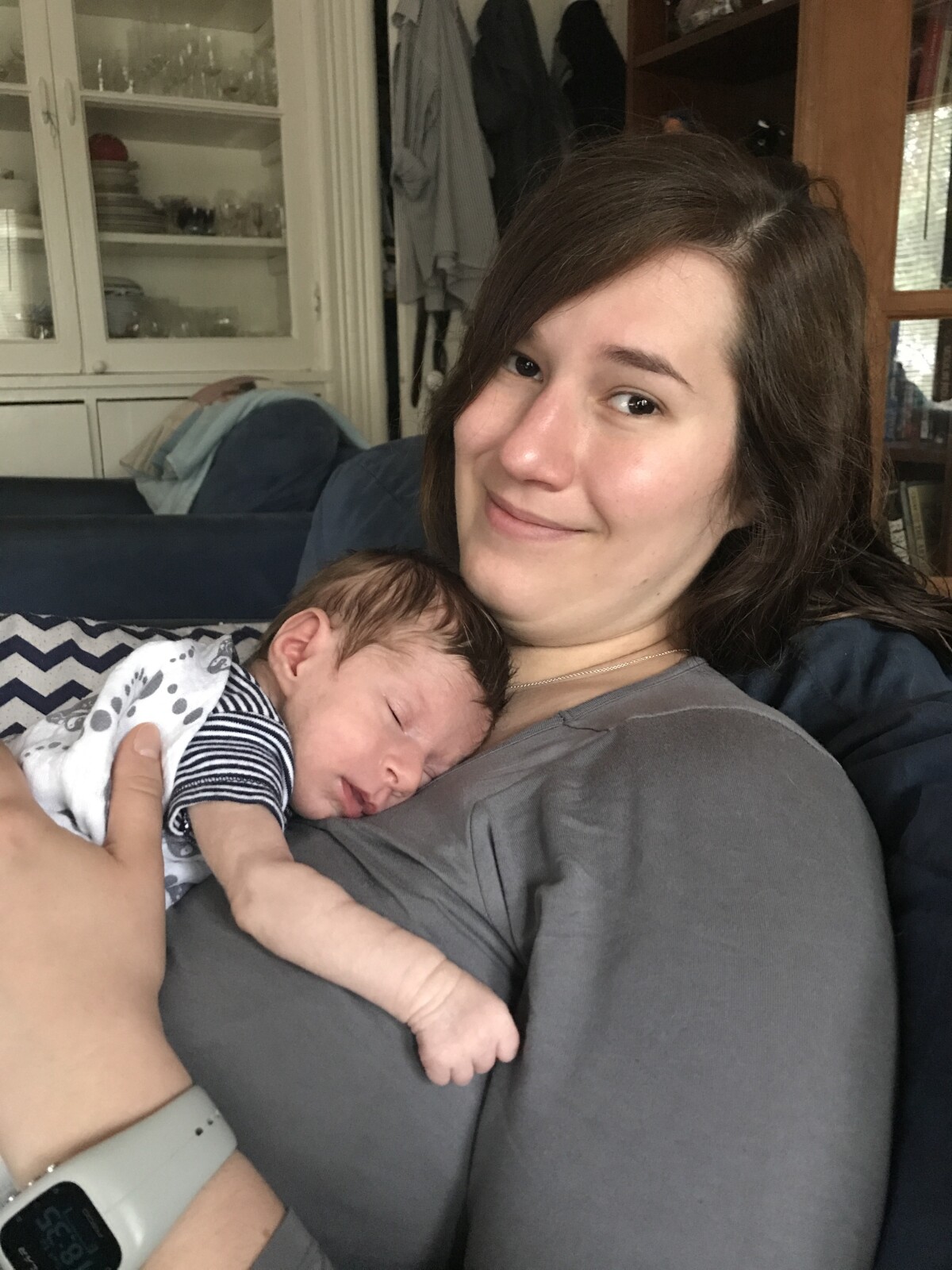
- From their partners, who had the same goals as they do.
- From their families. No pesky comments “you’re still breastfeeding?” “The baby has to eat again??”
- From employers. Paid maternity leave with enough time to allow mothers to bond and heal and allows for time for her milk to come in, manage the breastfeeding learning curve, and support to pump when she returns to work.
- From insurance companies. Doulas covered. Lactation consultants covered.
- This is a way to reduce childhood obesity.
- It can help reduce depression and anxiety in mothers. The hormone oxytocin is thought to be largely responsible for this.
- Each year of breastfeeding is associated with a 4.3% decrease in breast cancer risk. Women who breastfeed for 1–2 years over their lifetime have a 10–50% lower risk of high blood pressure, arthritis, high blood fats, heart disease and type 2 diabetes.
- Fewer non-Hispanic black infants (74.0%) are ever breastfed compared with non-Hispanic white infants (86.6%) and Hispanic infants (82.9%).
- Approximately 1 in 6 (17.2%) breastfed infants born in 2015 received formula supplementation within the first 2 days of life. How do you even know if you can do it at 2 days???
